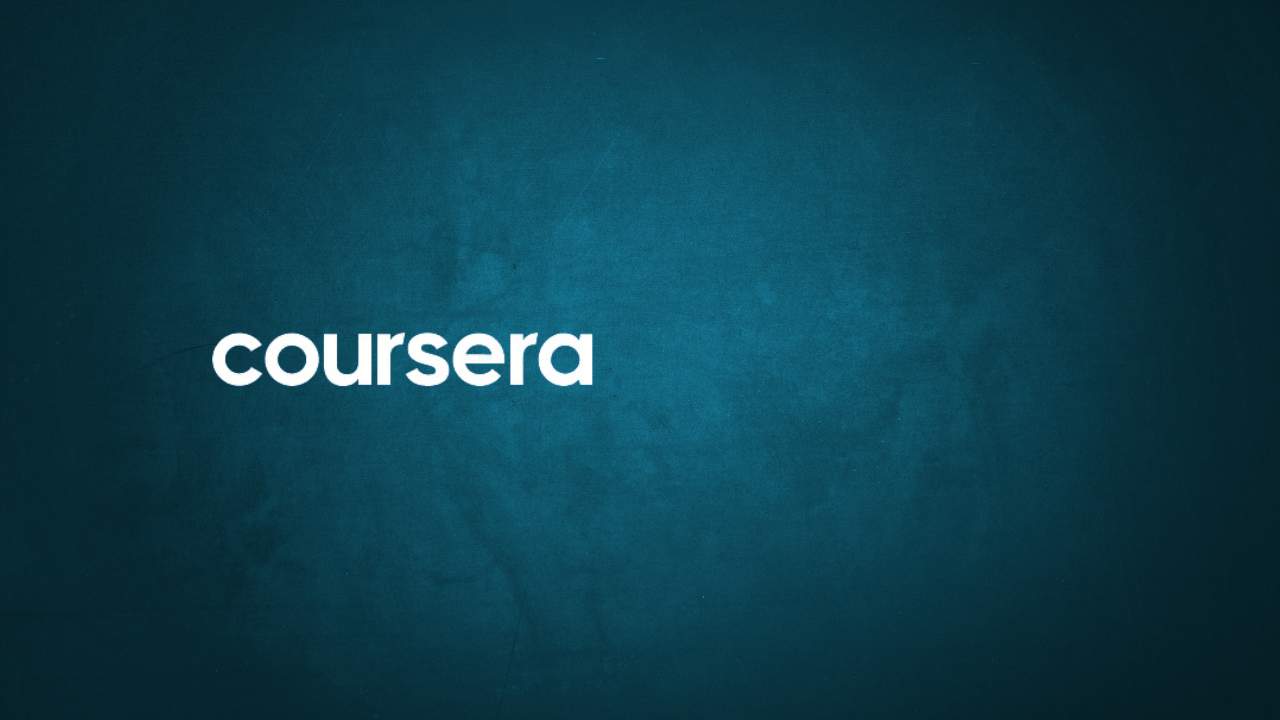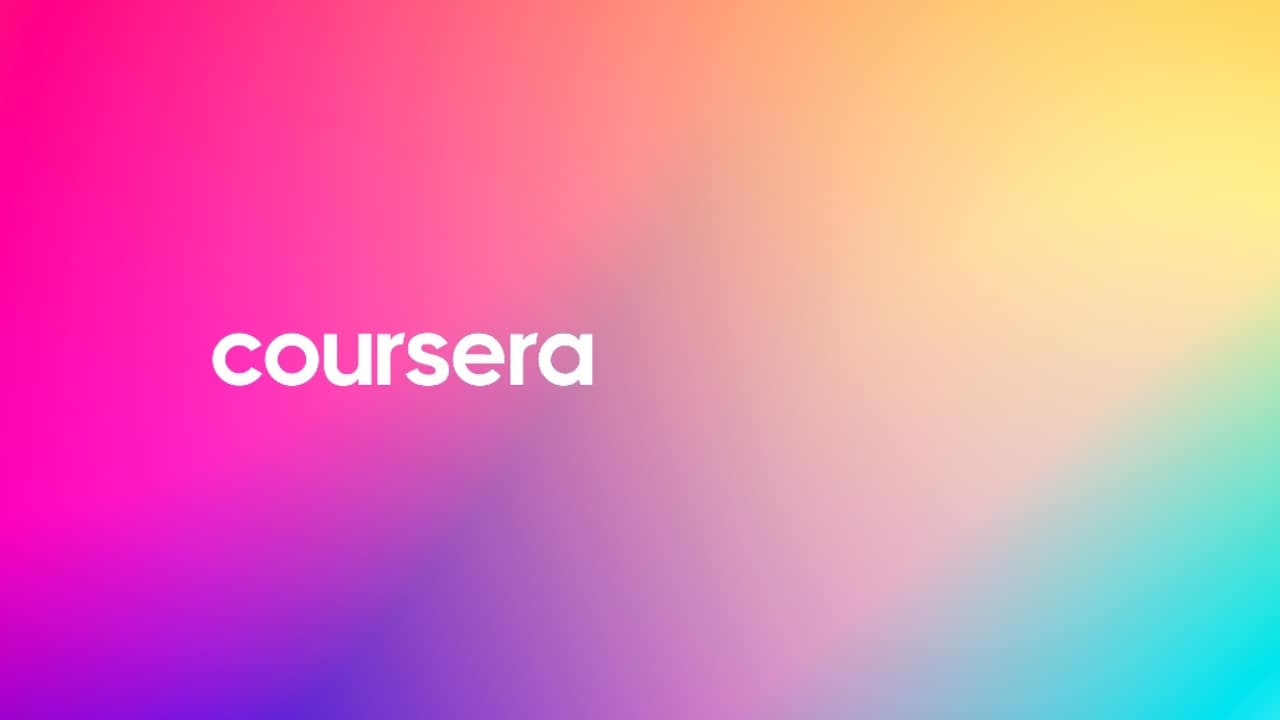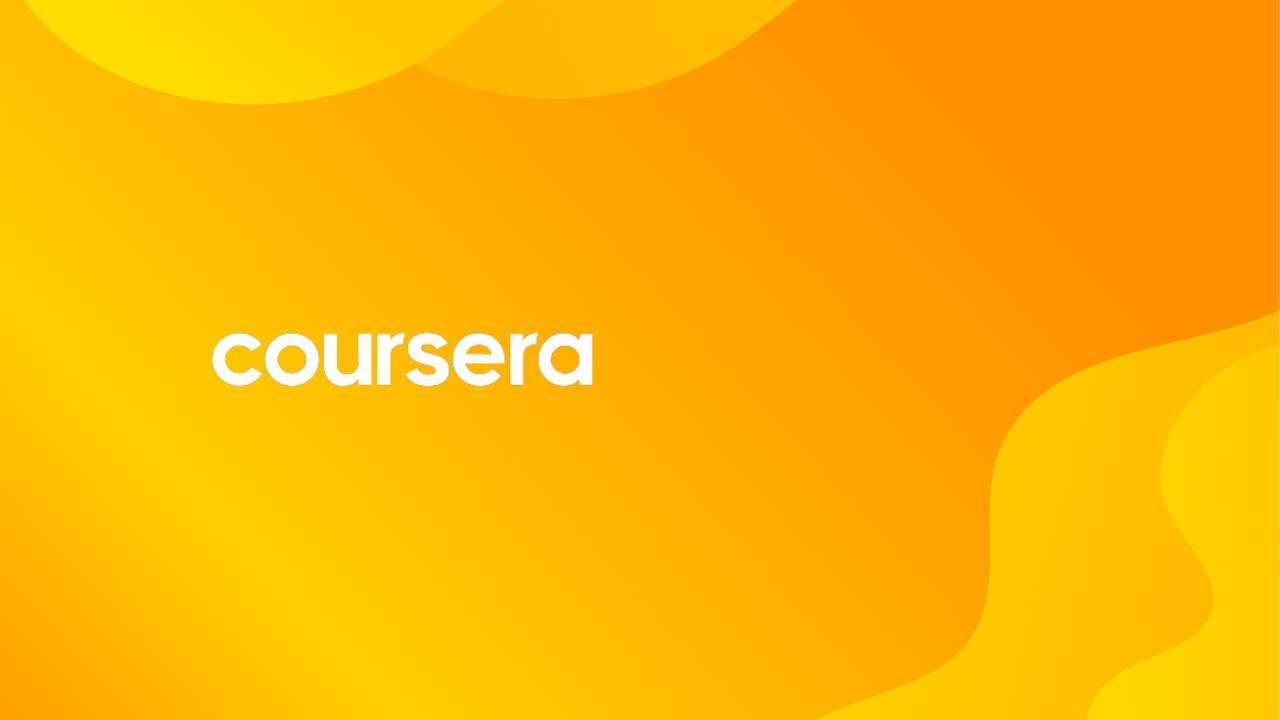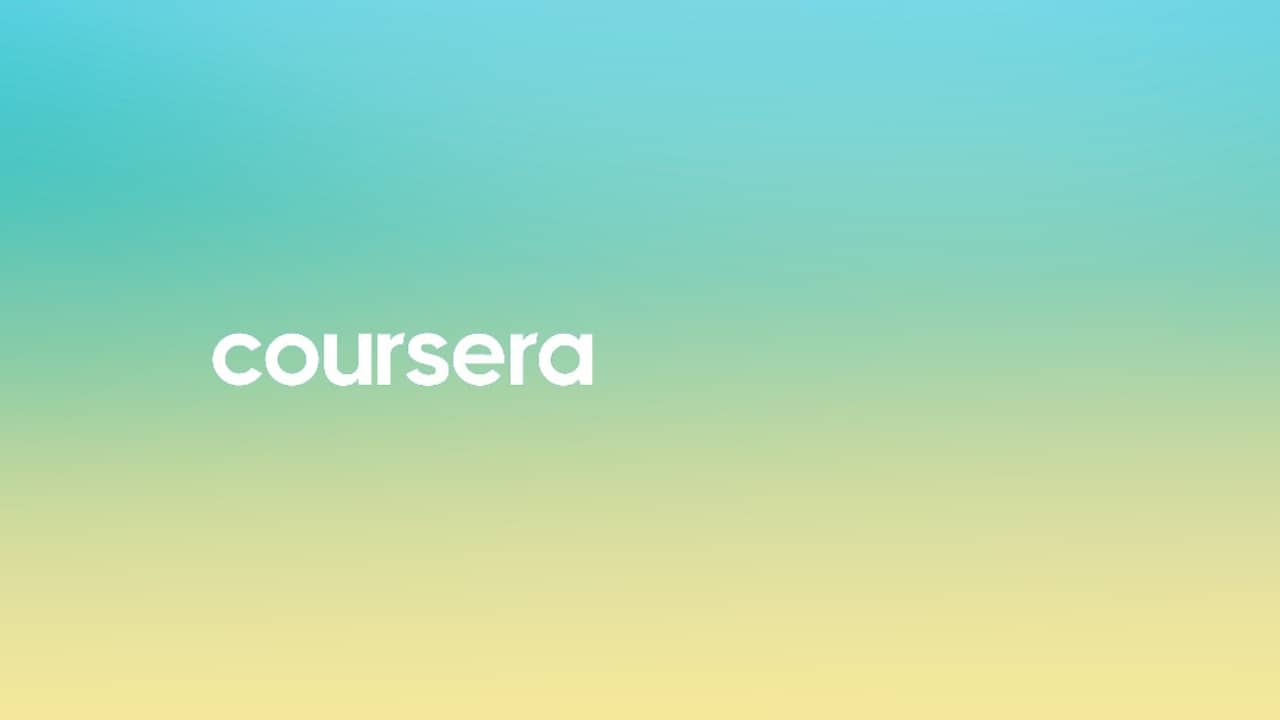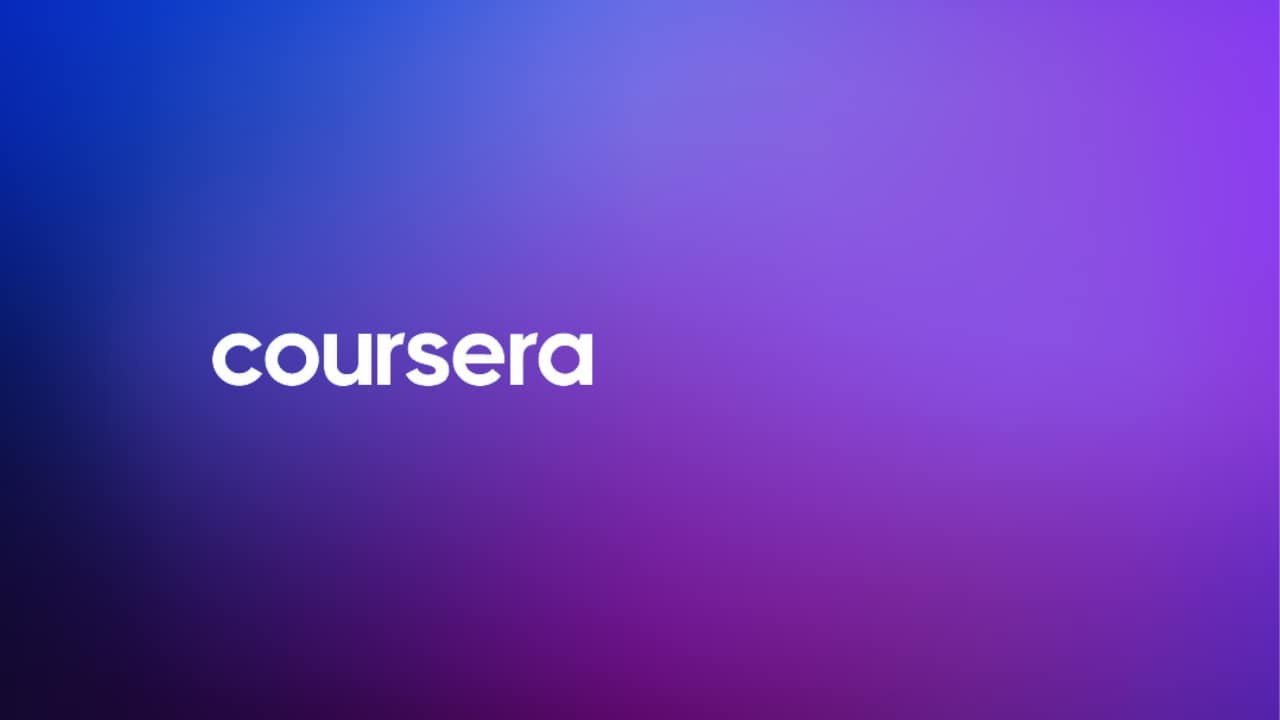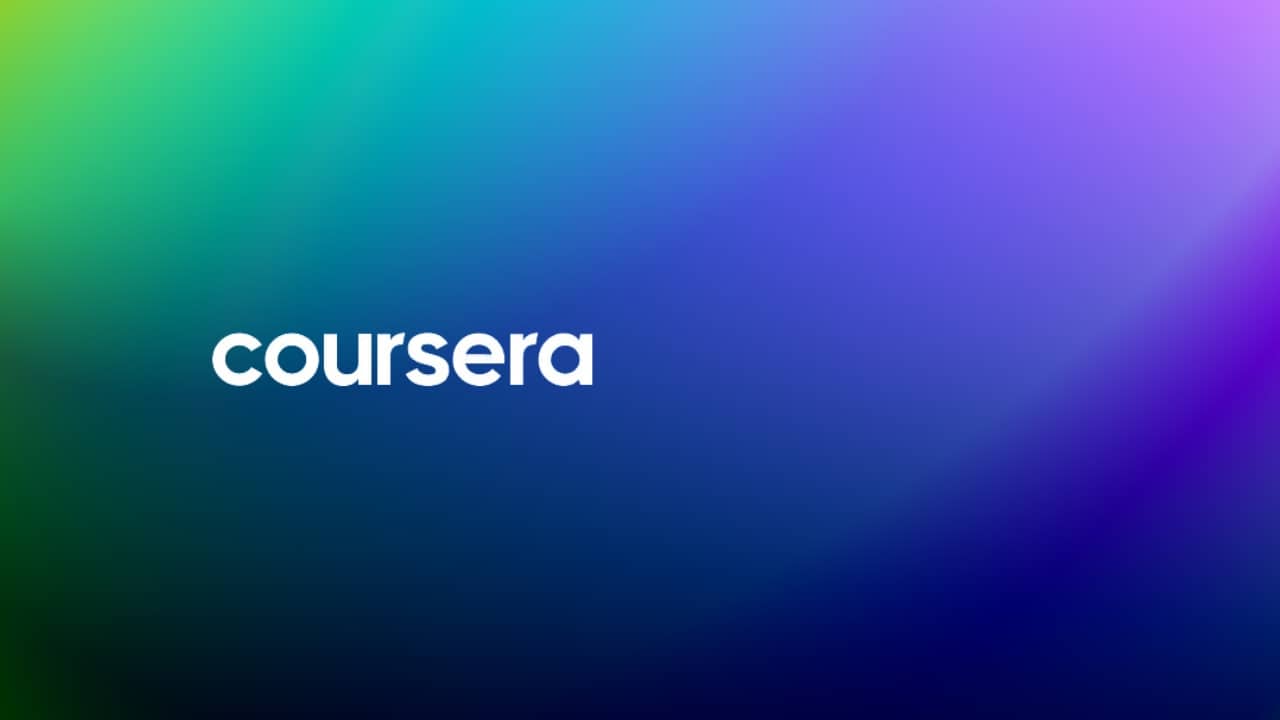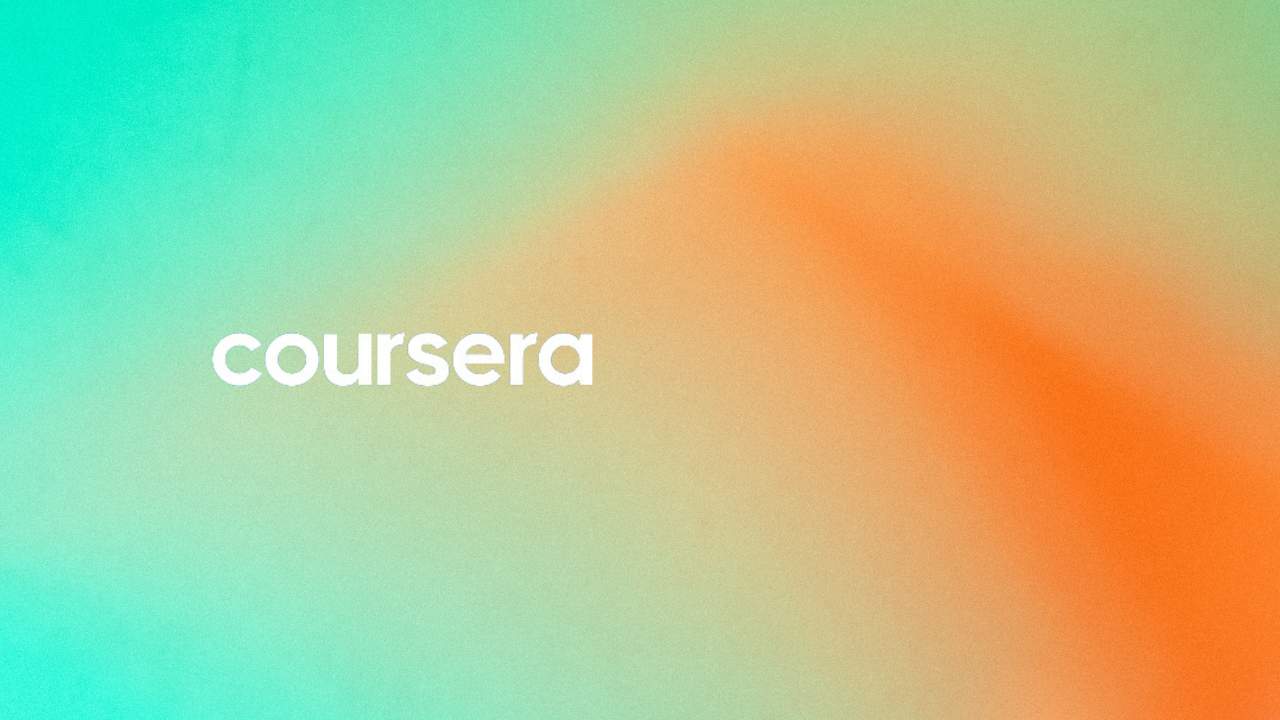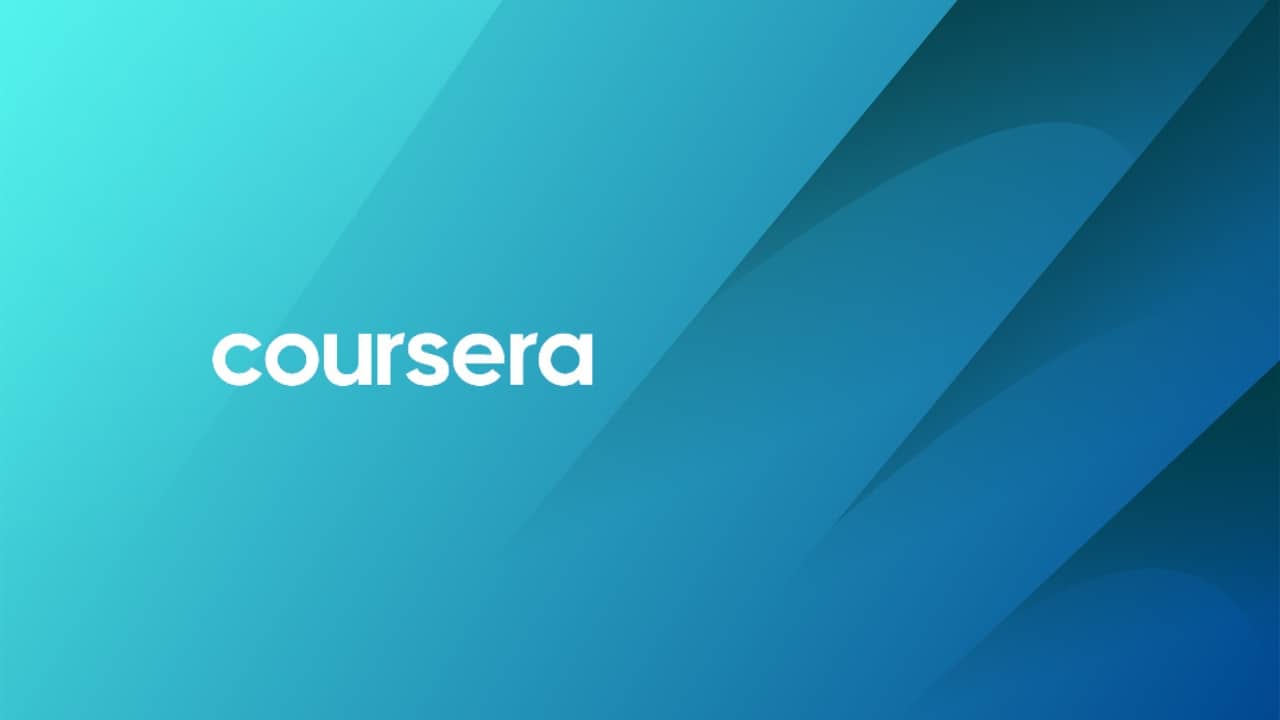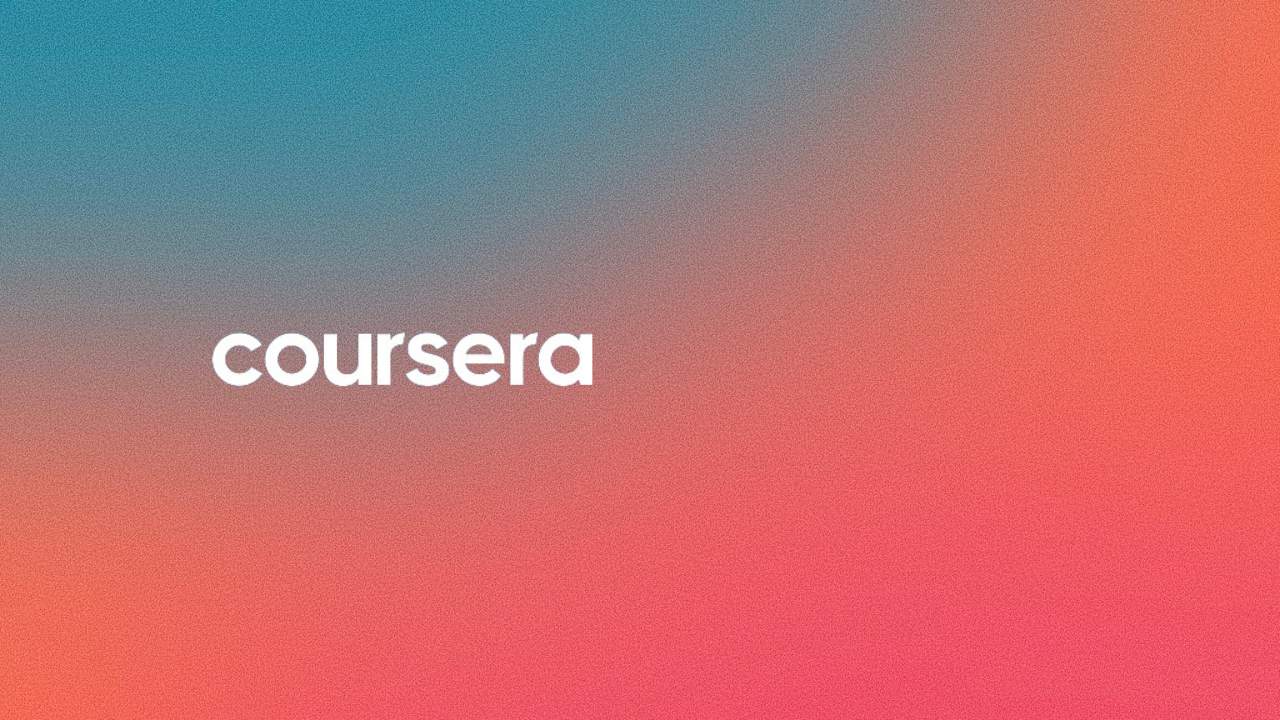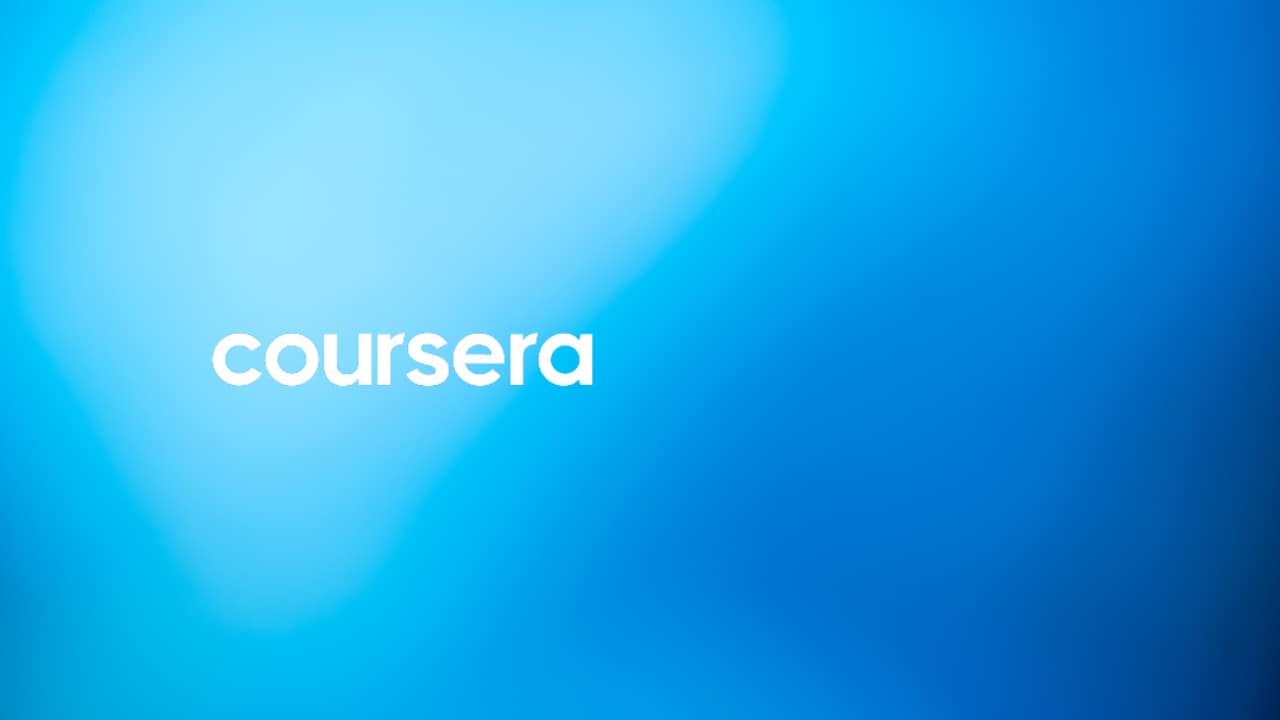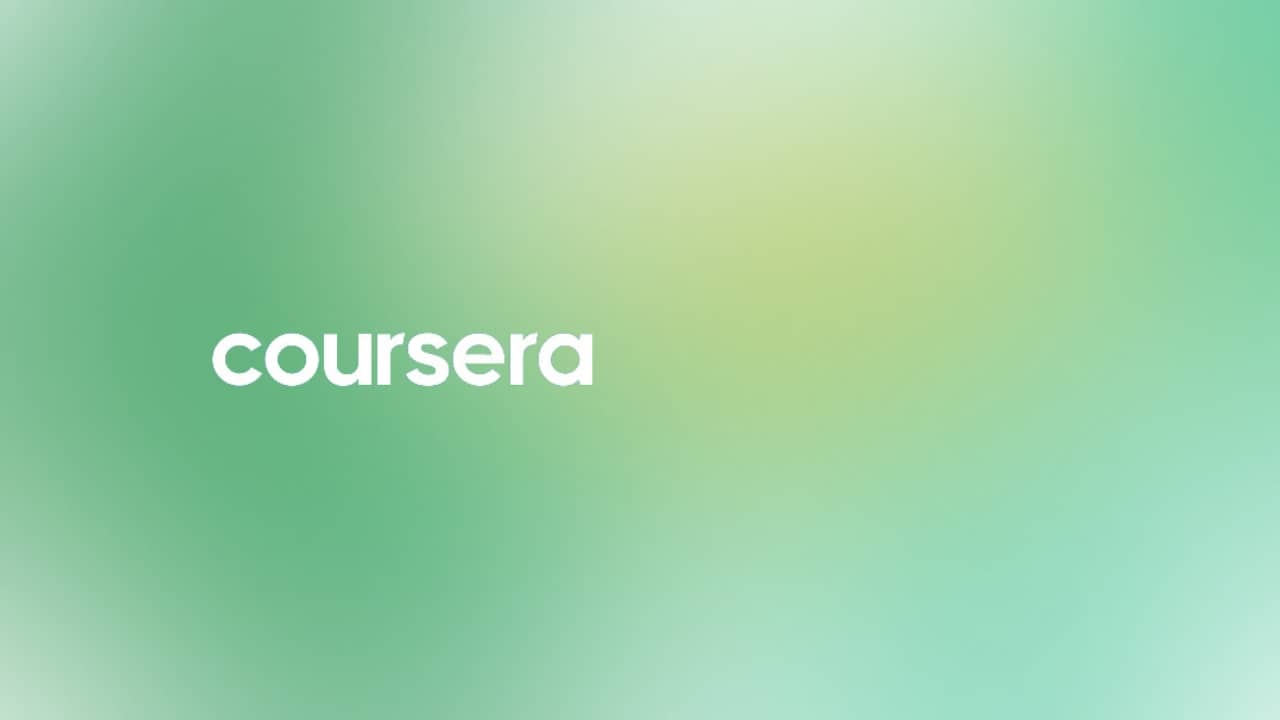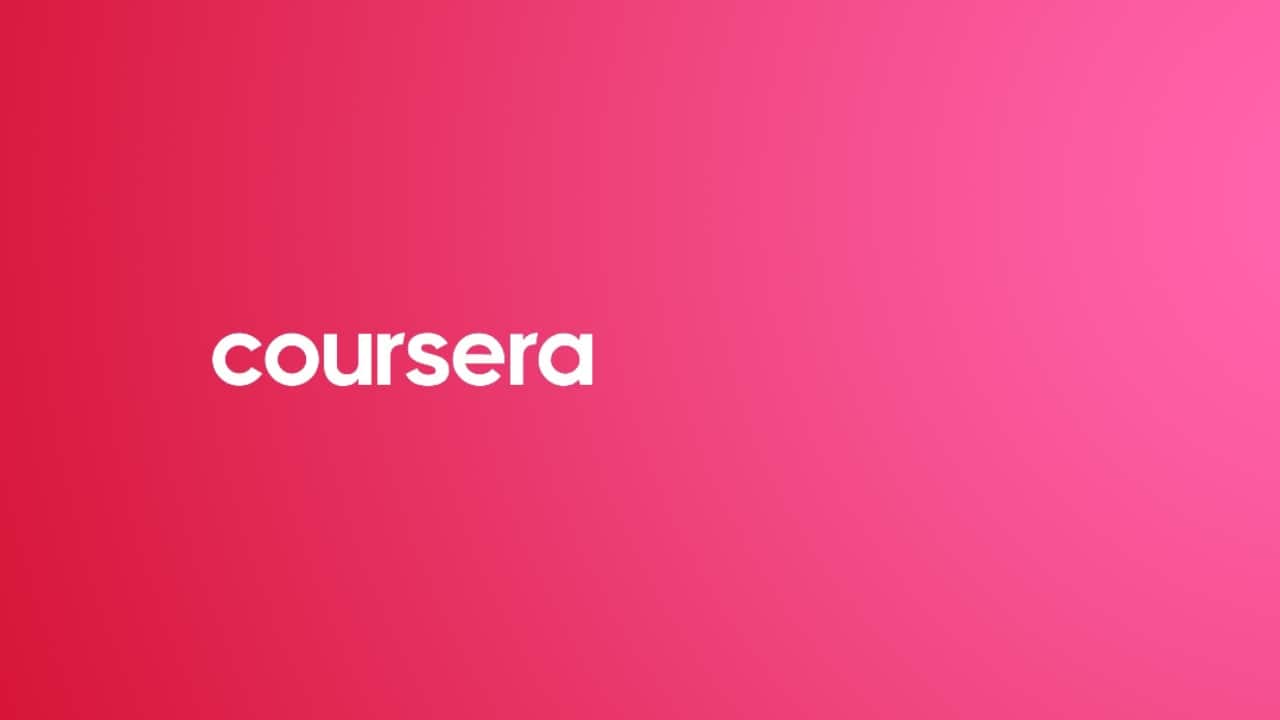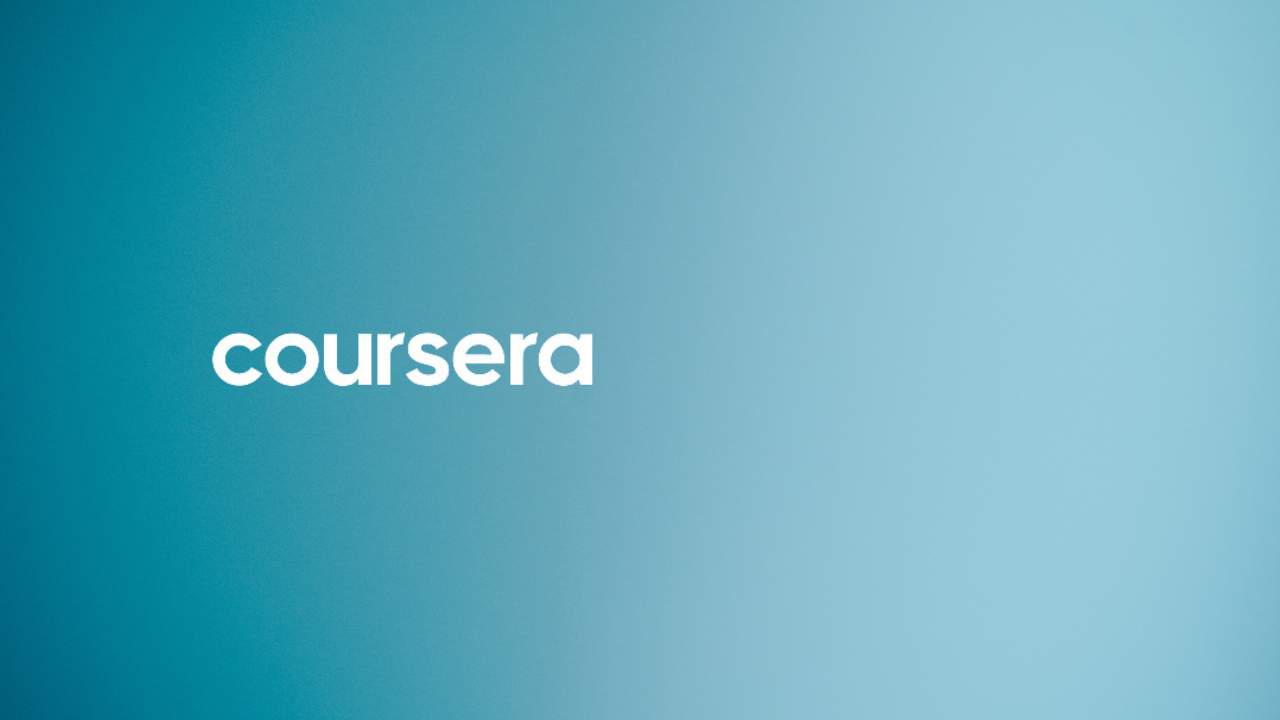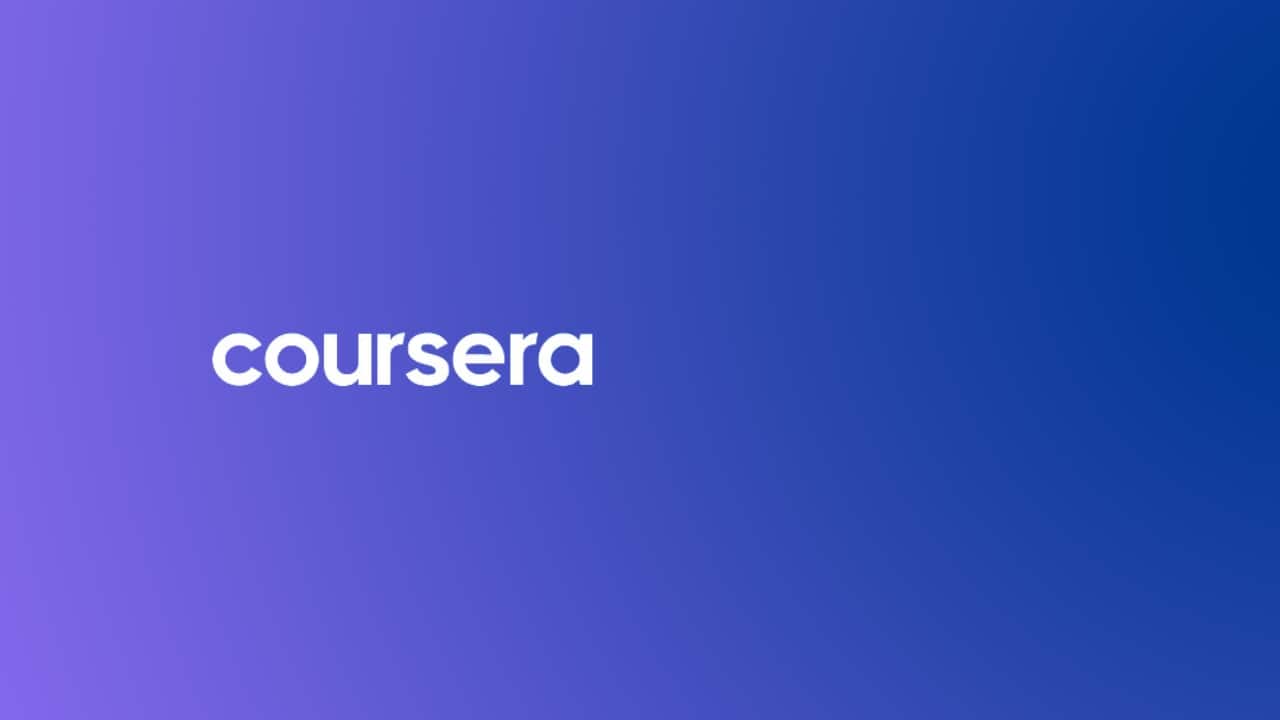Key Notes:
Using Coursera for Free: A Comprehensive Guide
Can I access Coursera content without paying?
Yes, you can access Coursera for free through two methods:
Auditing Courses: By auditing a course, you gain access to all materials, including lectures and readings. However, you can’t submit assignments or receive a certificate.
Financial Aid Application: Coursera provides financial aid to eligible students. To apply, create an account and complete the financial aid application. Approved applicants can take courses without any cost.
To audit a course, click the “Audit” button on the course page. For financial aid, use the “Financial aid” link on the Coursera homepage.
Additional Tips:
- Check if your university provides free Coursera courses to students as part of tuition.
- Employed individuals should inquire with employers about potential access to Coursera courses.
- Keep an eye on Coursera’s website and social media for discounts and promotions.
Make the most of Coursera’s opportunities and feel free to ask if you have more questions.

Coursera Free Courses: Exploring Quality Learning Opportunities
Are Coursera Courses Truly Free? Unveiling the Reality
There’s a common misconception about Coursera free courses—let’s clear the confusion and understand the nuances of their pricing structure. Discover the truth about accessibility and added benefits.
Investing in Your Education: Why Paying for a Course Makes Sense
While Coursera offers free courses, delving into the advantages of investing in paid options. Uncover the value of certificates, enhanced materials, and how it can significantly boost your employability.
Top Coursera Free Courses: A Brief Overview
Explore a curated list of the best free Coursera courses. From public health essentials to philosophy, each course is a valuable opportunity for learning and personal development. Let’s dive into the details of some top picks.
Mastering Python: A Starting Point for Aspiring Programmers
Embark on the journey of programming with Coursera’s Python course. While it’s a free option, understand the foundational knowledge it provides and why it’s a stepping stone for those entering the programming world.
Philosophy Essentials: Unveiling the Mother of All Sciences
Philosophy may seem unconventional for career paths, but its significance goes beyond jobs. Explore Coursera’s philosophy course, covering various aspects and offering valuable insights for personal growth.
The Art of Negotiation: Elevating Your Career with Essential Skills
Negotiation skills are crucial in various aspects of life. Delve into Coursera’s negotiation course, tailored for career advancement. Understand why investing time in enhancing negotiation abilities is a wise choice.
Balancing Well-being: The Importance of Mental and Physical Health Courses
In the midst of busy lives, self-care often takes a back seat. Discover the value of Coursera courses focused on mental and physical well-being. From gratitude practices to mindfulness, these courses offer essential life skills.
Learning How to Learn: A Skill That Transcends Domains
Maximizing efficiency in learning is a universal skill. Explore Coursera’s course on learning how to learn, delving into techniques like meta-learning. Uncover the strategies that can elevate your learning experiences across various spheres of life.
Making Sense of Machine Learning: A Glimpse into the Future
Machine learning is shaping the future, and Coursera’s course on the subject provides a gateway. Understand the basics, including logistic regression and artificial neural networks. Explore the potential applications of machine learning in diverse fields.
Programming Essentials: Kickstarting Your Coding Journey
Programming is a sought-after skill, and Coursera’s Python course is a starting point. While it won’t make you an expert overnight, grasp the foundational knowledge it offers and why programming skills are in high demand.
Conclusion: Navigating the Choice Between Free and Paid Courses
As you explore Coursera’s offerings, whether free or paid, weigh the benefits. Certificates, graded materials, and enhanced learning experiences are worth considering. Make an informed decision based on your educational and career goals.

Unlock Free Access to Coursera Courses: A Step-by-Step Guide
What is Coursera and How Can You Access Courses for Free?
Coursera offers a vast array of online courses covering diverse subjects, from finance and data science to web development and public health. While some courses are paid, it’s possible to access Coursera courses for free by following a simple process.
Step 1: Create a Free Account on Coursera
To get started, create a free account on Coursera by providing basic information. This quick registration process is essential for accessing courses without any payment.
Step 2: Explore and Choose Your Desired Course
Once your account is set up, browse through the extensive course catalog to find topics that interest you. Whether it’s data science or language learning, Coursera offers a variety of options for personal development.
Step 3: Enroll for Free and Audit the Course
After selecting a course, click on “Enroll for Free.” Ignore any prompts for a 7-day trial. Instead, look for the “Audit This Single Course” link, which allows you to access the course content for free. Keep in mind that auditing doesn’t provide certificates or access to tests.
Specialization or Professional Certificate Courses for Free
If you want to access more advanced courses for free, consider Specialization or Professional Certificate Courses. By exploring each course individually within these programs, you can enroll for free and enjoy unrestricted access to course materials.
Conclusion: Start Your Free Learning Journey on Coursera
Signing up for free courses on Coursera is straightforward and grants you access to high-quality education from institutions like Stanford University and John Hopkins University. While auditing may not provide certificates, it’s a valuable opportunity to enhance your knowledge and skills at no cost.
Frequently Asked Questions
What is Auditing on Coursera?
Auditing a course on Coursera allows students to access all course materials for free, including videos and resources. However, auditing doesn’t include access to the grading system or a completion certificate.
How to Audit Coursera Courses?
After enrolling for free, look for the term “audit” to access the course’s free materials. While audit options don’t provide certificates, they offer access to lecture videos, readings, and discussion forums.

Optimizing Team Productivity: 8 Practical Tips
Eliminate Unnecessary Meetings
Productive meetings require clear agendas, the right attendees, and preparation. Share an agenda in Asana before the meeting to ensure everyone is on the same page. Create sections for async questions and highlight crucial topics. Identify action items post-meeting within the same Asana project to prevent overlooked tasks.
Prioritize Work Based on Key Results
Assign priorities or status levels in Asana to help team members focus on tasks aligning with company-wide objectives. Clearly defined goals empower decision-making, and tasks not contributing to overarching goals should be reconsidered for necessity.
Delete, Defer, Delegate, or Diminish
To combat busywork, apply the four D’s: Delete tasks not supporting company goals, defer less important tasks, delegate tasks to team members with more bandwidth, and diminish task completion time. Focus on substantive tasks for enhanced productivity.
Leverage Your Team’s Strengths
Assign tasks based on individual strengths and interests. Recognize and prevent burnout by using Asana to allocate time or capacity to tasks. Reassign tasks to maintain a balanced workload and ensure optimal performance.
Map Out a Plan Before Beginning
Define a comprehensive plan to eliminate “work about work” like status updates and email overload. Establish clear timelines for each project using a work management tool like Asana. Replicate successful processes and ensure all tasks are accounted for.
Encourage Cross-Functional Collaboration
Foster collaboration across departments by increasing visibility through work management tools. Centralize project phases and goals to facilitate collaboration. Share progress and identify opportunities for cooperation among teams with different responsibilities.
Promote No-Meeting Days
Devote at least one full day to deep work without interruptions. Asana’s No Meeting Wednesday is an example, providing uninterrupted time for critical project processes. Alternatively, empower teams to set their deep work blocks for enhanced efficiency.
Define the Purpose of Different Communication Channels
Clearly define the purpose of communication channels to avoid confusion. Use email for external communication, apps like Slack for quick answers, and Asana for planning, managing, and communicating about actionable work. Streamline communication for improved efficiency.
(review from others)
Get more information here.
- https://www.coursera.org/collections/popular-free-courses
- https://www.coursera.org/courses?query=free
- https://about.coursera.org/how-coursera-works/
- https://www.coursera.support/s/question/0D51U00003BlWfHSAV/cant-access-the-free-coursera-promotion-for-students?language=en_US
- https://www.coursera.support/s/question/0D51U00003BlWaWSAV/confused-as-to-free-enrollment-for-but-subscription-offer-comes-up-when-i-apply?language=en_US
- https://www.coursera.org/about/terms
